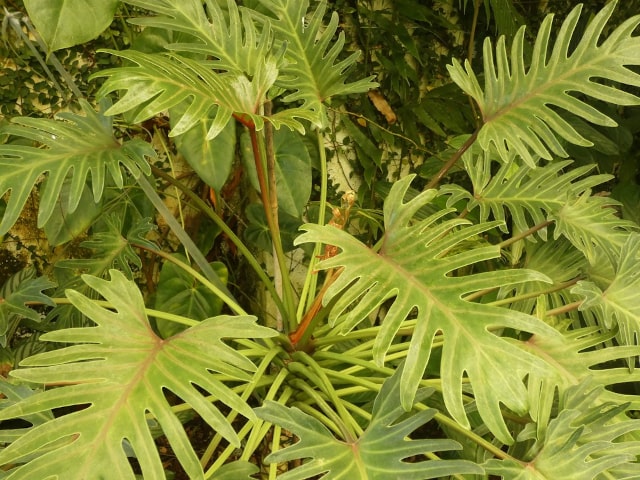
Philodendron Xanadu is a gorgeous tropical plant known for its toothy green laves. This is a great way to add some tropical flair to your home. It is native to Brazil and it is known for its airy, upright growth that typically doesn't need any support. The plant has large, lobed foliage that hangs from the stems. The foliage is the most beautiful aspect of this plant, since Philodendron Xanadu rarely blooms when kept indoors.
Philodendron Xanadu is actually a smaller relative of the popular "Selloum Hope" variety. Philodendron Xanadu is known for leafy clumps that grow up to 3 feet in height and 5 feet in width. As such, it requires some space. Keep in mind that its leaves can grow over a foot long even as a container plant.
A great thing about Philodendron Xanadu is that it becomes more gorgeous as it ages, with foliage becoming darker green. Also, you will notice a thicker trunk and more aerial roots on the surface of the soil.
This is a beautiful plant that can thrive inside of a home, as long as you provide it with some key requirements. It prefers well-draining, light potting mix. A good chose is soil consisting of equal parts compost, peat or coco coir and perlite. Philodendron Xanadu thrives in temperatures between 65- and 85-degrees F (18 and 29 degrees Celsius). For keeping your plant healthy, make sure that the temperatures in your home are above 55 degrees F (13 degrees Celsius).
Keep in mind that this plant is toxic to pests when ingested, so keep it away from cats, dogs, and other pets in your home.
Light Requirements
The first thing you need to know if you wish to care for Philodendron Xanadu is that it likes plenty of indirect light, but direct light can damage this plant easily. Because of this, your best shot is to place Philodendron Xanadu in a bright room near a window with sheer curtains. This way, the plant will receive plenty of light, but it will not have direct light that can damage its leaves.
At the same time, keep in mind that some direct sun early in the morning or in the evening can be beneficial. Just make sure not to subject your Philodendron Xanadu to direct sunlight in the noon or the afternoon. It can lead to leaves burning easily.
This plant can do with lower light conditions better than many other tropical plants. You may notice leaves on your Philodendron Xanadu darkening if there is insufficient light, but it will survive. On the other hand, if you notice that the leaves are leggy, that can be a sign that the light is too low.
Philodendron Xanadu Watering
Another important thing to keep in mind is watering. It is often directly related to the light conditions, because a plant that is left under lower light can easily be overwatered, since it can take less water. Keep this in mind when choosing the best place for Philodendron Xanadu in your home.
What should watering regime be? This is probably the most complex aspect of care for Philodendron Xanadu. This plant likes soil to be consistently moist without ever becoming too wet, since it hates to sit in water. Keep in mind that Philodendron Xanadu is prone to root rot, so you need to prevent it from ever becoming waterlogged. At the same time, this plant doesn't like to dry out.
This is why setting up a consistent watering schedule works the best. You should water your Philodendron Xanadu when the top inch of the soil has dried. That typically takes about a week. However, if you notice the soil not drying fast enough, you may choose to water a bit less.
Also, keep in mind that the intake of water will depend on the season and how much the light your Philodendron Xanadu receives. The soil should be kept moist during the growing season but you should water more sparingly in the winter.
Soil Requirements
As mentioned above, soil is an important aspect of Philodendron Xanadu care. You need a fast-draining potting mix for this plant. It will prevent waterlogging and root rot, and it will help the plant maintain the levels of oxygen that it needs. In this sense, it is best to use a light and open soil mix. This sort of a soil will also make proper watering easier.
Philodendron Xanadu prefers a pH of the soil between 5.6 and 7.5, which means that it can do with some acidity of the soil. This is good news, because it means you can use soil rich in organic materials such a peat. You can also add some inorganic aerating materials to the soil such as perlite or pumice, so the soil won't break down easily.
A good soil mix for Philodendron Xanadu will include peat moss, perlite or pumice, coconut coir, coarse sand, some compost, and orchid bark or wood chips. Mix peat moss or coco coir, compost and perlite in equal parts and add other ingredients as amendments.
Other Requirements
Here are the other requirements you need to provide to your Philodendron Xanadu:
- Humidity. This plant likes humidity, but it actually thrives under average humidity levels than a typical tropical plant. They will grow a more lush foliage with higher humidity so you should keep the soil consistently hydrated to allow the plant to adjust to dried conditions in your home.
- Fertilization. Make sure to fertilize your Philodendron Xanadu during the growing season to make it thrive. However, make sure not to overdo it. Keep in mind: the roots of this plant are sensitive to burning, so a bit of fertilizer is a better option than too much. You should feed your Philodendron Xanadu lightly in the spring and you can increase the amount of fertilized during the hottest part of the year. Decrease fertilization in the fall and stop completely during the winter months.
- Pruning. Philodendron Xanadu grows in a loose clump, so you don't need to prune it often to keep it in shape. However, you may remove damaged leaves regularly, as well as any diseased leaves. Another reason for pruning is to cut back a plant that had become sparse or leggy. Pruning will rejuvenate your plant and make it thicker and lush.
- Repotting. You do not need to repot your Philodendron Xanadu often. A young plant needs to be repotted every year, but this may not be necessary. Older plants can typically go even longer without repotting. You will know that your Philodendron Xanadu needs repotting when the root system has filled the pot and the roots are circling the bottom, or when you notice the soil not draining as easily as before. Another sign might be slowed growth, or you notice that your plant needs to be watered every few days. To repot properly, do it in late winter or early spring, before the new leaves start to appear.
Photo credit: Linda De Volder
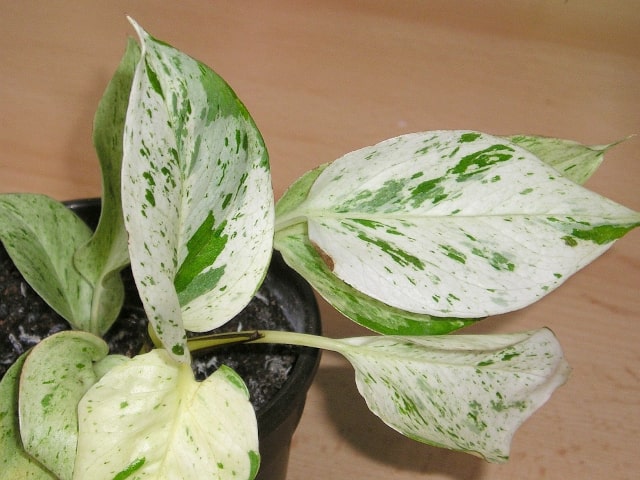
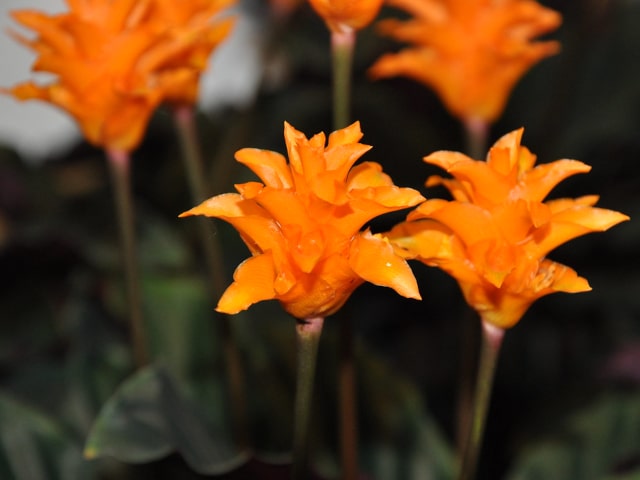
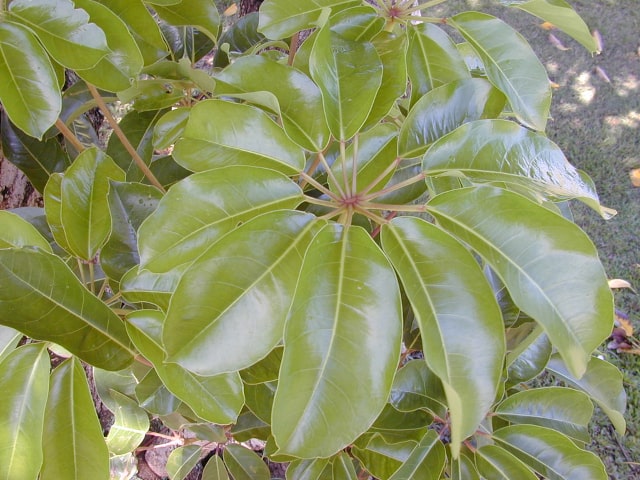
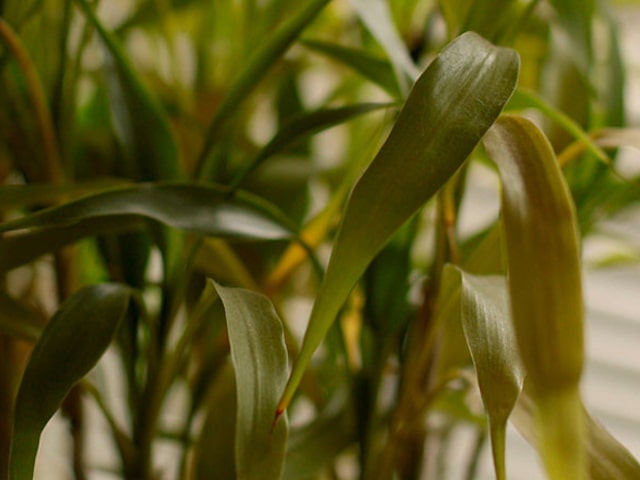
0 Comments